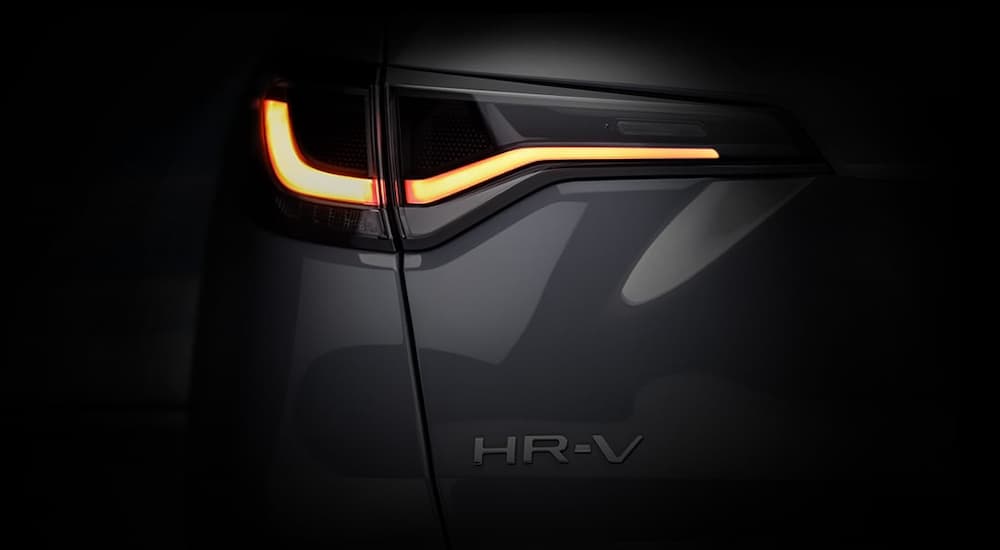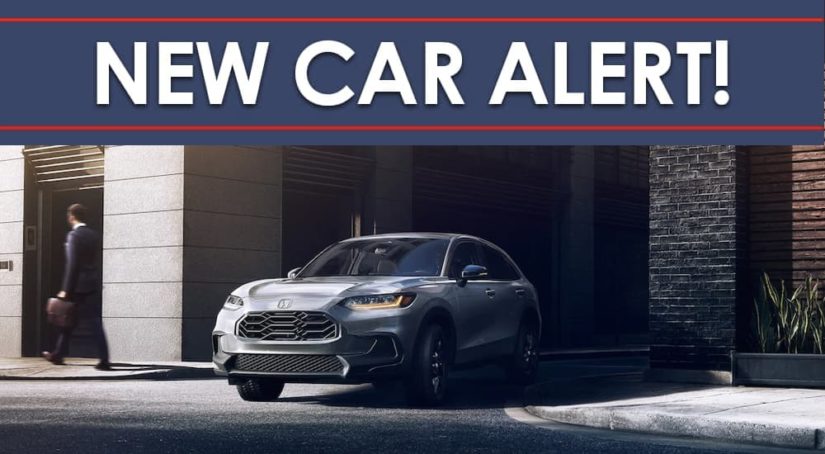The Honda HR-V occupied an interesting place in the Honda lineup–with the demise of the Honda Fit, the HR-V became the most affordable option in the Honda family, undercutting the Civic by around $500. While it didn’t offer much in the way of off-road capability or dynamic handling, the HR-V did provide some exceptional cargo space for its size and offered an SUV-like ride at a price nearly anyone could stomach. These features catapulted it to the top of the subcompact SUV segment, with nearly 140,000 HR-Vs sold in 2021, even though the vehicle was at the end of a seven-year design cycle. However, Honda has decided to change the formula for the all-new 2023 Honda HR-V, delivering a larger and more upscale offering.
Moving upmarket seems to be a theme for subcompact SUVs these days. What was once seen as a budget segment catering to buyers who couldn’t afford a larger vehicle has now become a hot market for commuters seeking SUV style in a more compact and efficient package. The result has been manufacturers introducing a slew of new models, from the Toyota Corolla Cross to the Mazda CX-30, that cater to a more sophisticated buyer. Although Honda hasn’t changed the name of its subcompact offering, it has changed just about everything else about the 2023 HR-V in order to chase the new market.
A Bigger HR-V or a Smaller CR-V?
The outgoing HR-V was based on the subcompact Honda Fit hatch, which left the American market after the 2020 model year. The result was an extremely affordable and versatile vehicle, albeit one that made sacrifices in many key areas. From the simple torsion beam rear suspension and anemic 1.8L engine to the low-tech interior and glaring lack of standard safety features, the 2022 HR-V was definitely a value proposition, but it was still a design that resonated with buyers put off by the rapidly increasing prices for new cars.
The all-new HR-V is now based on the Honda Civic platform, which is also shared with the larger Honda CR-V. This brings considerable sophistication to the vehicle. With a more advanced multi-link suspension and the possible addition of the Civic’s peppy 1.5L turbocharged engine, the 2023 HR-V should be capable of offering a much more compelling driving experience that is more in line with the Honda ethos. Further, the interior can be expected to mimic the recently redesigned Civic’s upscale atmosphere. With the potential to borrow the digital instrument cluster, supersized touchscreen, and premium Bose sound system from the Civic, Honda has all the ingredients to create a premium interior experience that will rival the CR-V at a slightly lower price.

What’s the Catch?
The problem is that by moving upmarket, Honda is exposing the HR-V to a whole new level of competition and is abandoning fans of the old model. While the 2022 HR-V was tough to beat in terms of value, easily exceeding similarly-priced but widely-disliked alternatives like the Chevy Trax, Ford EcoSport, and Mitsubishi Outlander Sport, the 2023 HR-V will be facing hard-hitting options like the Mazda CX-30, Volkswagen Taos, and Subaru Crosstrek. While Honda has what it takes to compete in that crowd, it remains to be seen if it will be able to keep the same market share the old HR-V commanded.
Just as importantly, chasing the more upscale market brings sacrifices of its own. For instance, the ultra-low load floor and aptly-named Magic Seats gave the old HR-V a level of versatility rarely seen in a vehicle of its size. Unfortunately, those features may no longer be possible given the volume demands of a more sophisticated suspension system and premium features. Add in the higher price tag of a larger and undeniably nicer vehicle, and Honda may inadvertently encourage long-time HR-V owners to look elsewhere for their next vehicle. While it is too early to pass judgment on the all-new 2023 HR-V, Honda’s decision to follow the pack may end up leaving the subcompact SUV segment poorer.



